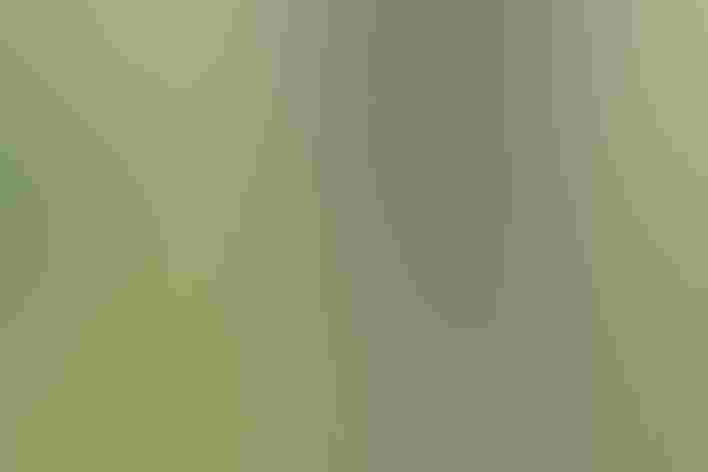Red-headed Woodpecker
At a Glance
This striking and unmistakable bird was a favorite of early ornithologists such as Alexander Wilson and Audubon. Often conspicuous because of its strong pattern, harsh calls, and active behavior in semi-open country, it tends to occur in small colonies. Although it migrates only short distances, little groups of migrants may be noticeable in early fall and late spring. Once a very common bird in eastern North America, the Red-headed Woodpecker is now uncommon and local in many regions.
All bird guide text and rangemaps adapted from Lives of North American Birds by Kenn Kaufman© 1996, used by permission of Houghton Mifflin Harcourt Publishing Company. All rights reserved.
Category
Picidae, Woodpeckers, Tree-clinging Birds
IUCN Status
Least Concern
Habitat
Fields, Meadows, and Grasslands, Forests and Woodlands, Shrublands, Savannas, and Thickets, Urban and Suburban Habitats
Region
Eastern Canada, Florida, Great Lakes, Mid Atlantic, New England, Plains, Rocky Mountains, Southeast, Southwest, Texas, Western Canada
Behavior
Direct Flight
Population
1.800.000
Range & Identification
Migration & Range Maps
Some are probably permanent residents but others, especially from northern and western areas, travel to wintering areas in southeastern states. Migrates by day. A short-distance migrant, not known to occur south of United States.
Description
10" (25 cm). Adults unmistakable, patterned in solid black, white, and red, with big white wing patches. In west, see Red-breasted Sapsucker. Young bird has brown head, dark bars across white wing patch; brown is replaced by red gradually during first winter.
Size
About the size of a Robin
Color
Black, Brown, Red, White
Wing Shape
Broad, Rounded
Tail Shape
Multi-pointed, Wedge-shaped
Songs and Calls
A loud churr-churr and yarrow-yarrow-yarrow.
Call Pattern
Falling, Flat
Call Type
Chirp/Chip, Drum, Rattle, Scream
Habitat
Groves, farm country, orchards, shade trees in towns, large scattered trees. Avoids unbroken forest, favoring open country or at least clearings in the woods. Forest edges, orchards, open pine woods, groves of tall trees in open country are likely habitats. Winter habitats influenced by source of food in fall, such as acorns or beechnuts.
Sign up for Audubon's newsletter to learn more about birds like the Red-headed Woodpecker
Behavior
Eggs
4-5, sometimes 3-7, rarely more. White. Incubation is by both sexes (with male incubating at night), 12-13 days.
Young
Are fed by both parents, and leave the nest at about 27-31 days. Pairs may be starting on a 2nd nesting attempt while still feeding the fledglings from the first; 2nd brood may be raised in same nest but more often in new cavity, freshly excavated. 1 or 2 broods per year.
Feeding Behavior
Opportunistic, with several foraging techniques. Flies out from a perch to catch insects in the air or on ground; climbs tree trunks and major limbs; clambers about in outer branches; hops on ground. Gathers acorns, beechnuts, and other nuts in fall, storing them in holes and crevices, then feeding on them during winter.
Diet
Omnivorous. Perhaps the most omnivorous of woodpeckers. Diet includes wide variety of insects, also spiders, earthworms, nuts, seeds, berries, wild and cultivated fruit, rarely small rodents. Sometimes eats eggs and nestlings of other birds. Also sometimes eats bark.
Nesting
Male establishes territory and advertises there with calling, drumming. In resident birds, male's winter territory may become breeding territory. Nest: Male's winter roosting cavity may be used for nest, or new cavity may be excavated (mostly by male); female indicates acceptance of site by tapping on tree. Nest cavity is in bare dead tree or dead limb, from a few feet above ground to 65' or higher.
Conservation
Conservation Status
Once very common throughout the east, but has been decreasing in numbers for years, and recent surveys show that this trend is continuing. Reasons for decline not well known, probably include loss of potential nest sites (owing to cutting of dead trees), competition with starlings for nest cavities. When swooping out to catch insects in flight, often struck by cars along roadsides.
Climate Threats Facing the Red-headed Woodpecker
Choose a temperature scenario below to see which threats will affect this species as warming increases. The same climate change-driven threats that put birds at risk will affect other wildlife and people, too.








